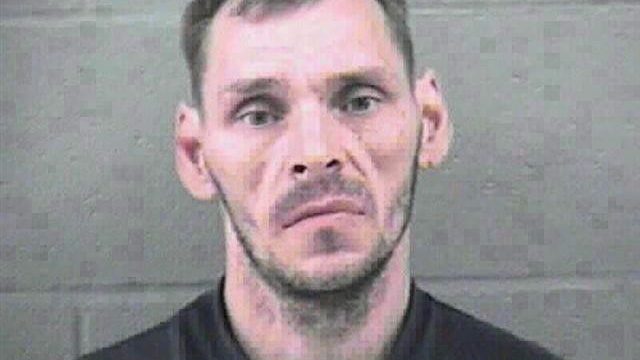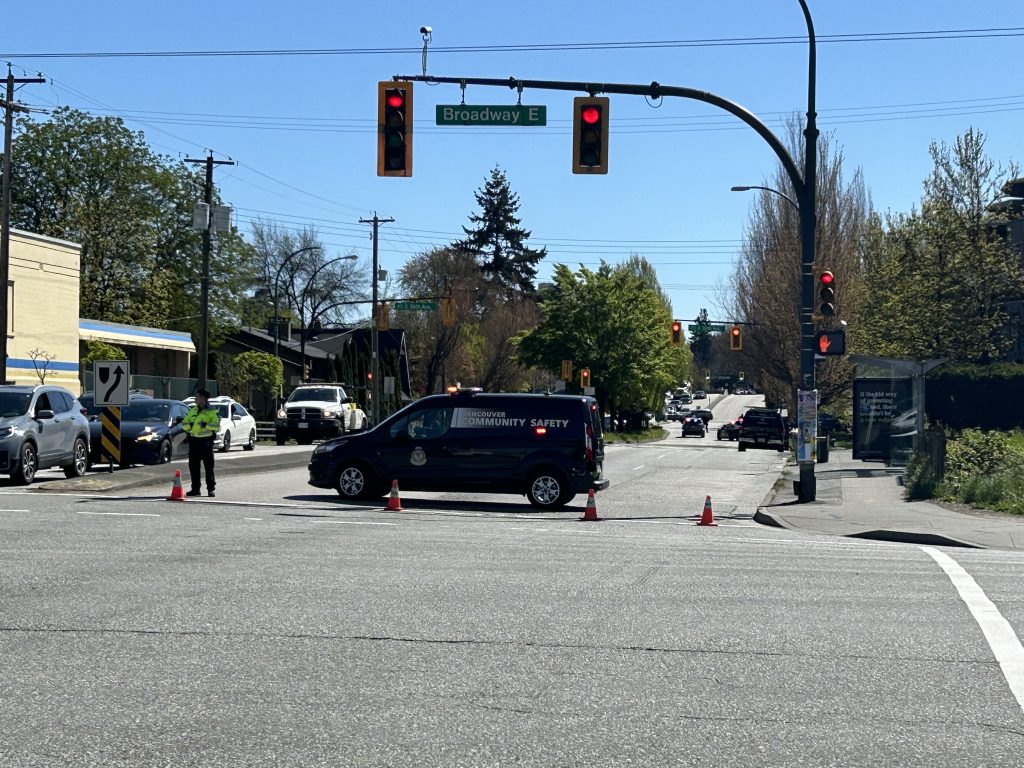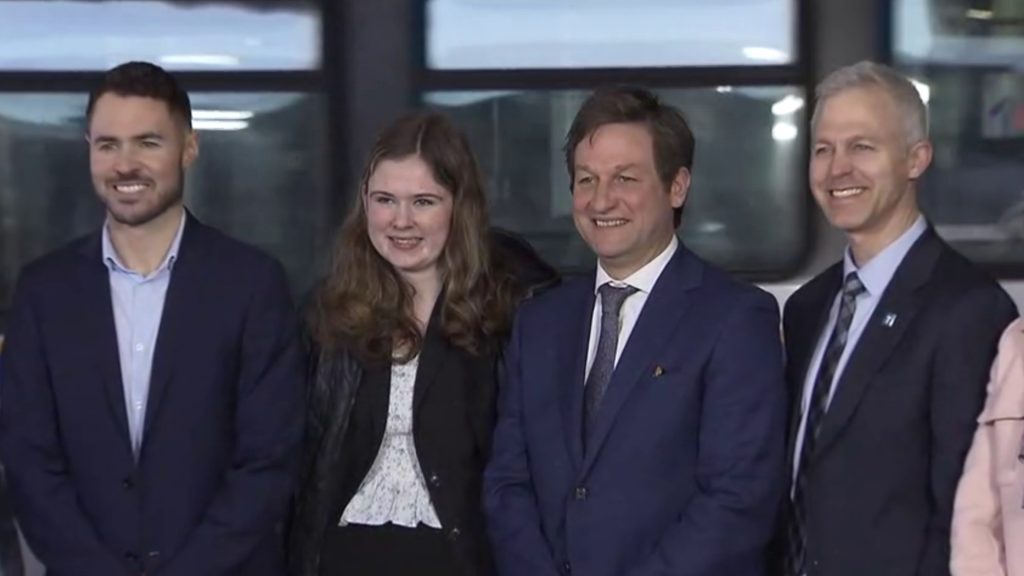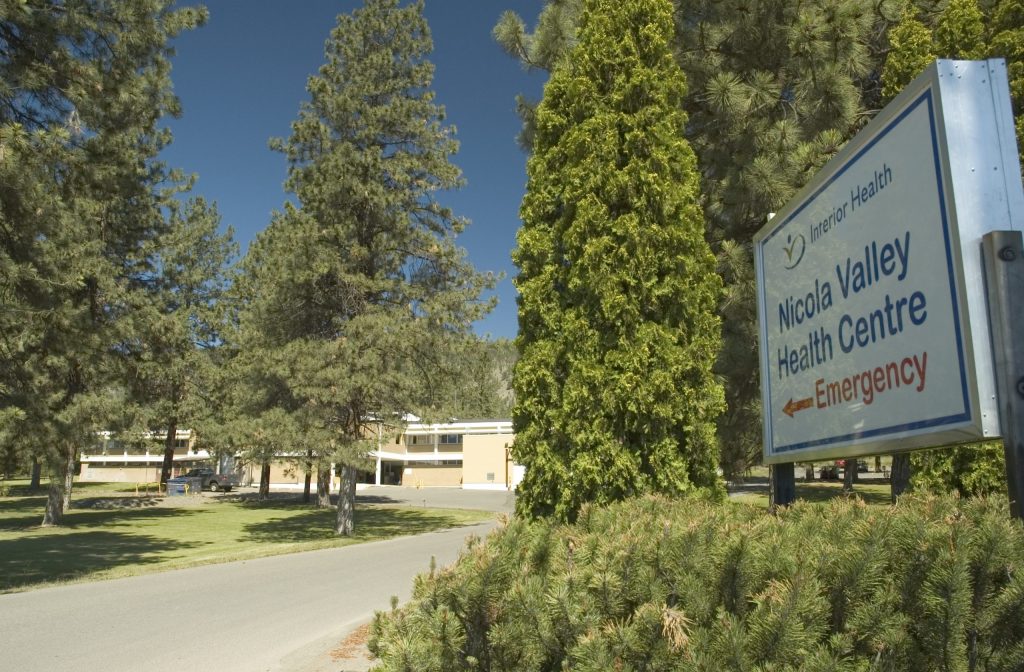Montana Editorial Roundup
Posted August 16, 2017 1:29 pm.
Last Updated August 16, 2017 2:01 pm.
This article is more than 5 years old.
The Billings Gazette, Aug. 16, on Charlottesville hitting close to home:
“White supremacists and neo-Nazis are, by definition, opposed to American patriotism and the ideals that define us as a people and make our nation special.
“As we mourn the tragedy that has occurred in Charlottesville, American patriots of all colours and creeds must come together to defy those who raise the flag of hatred and bigotry.”
That’s what President Donald Trump should have said Saturday morning shortly after violence erupted in Charlottesville, Virginia. That’s what the nation — especially white supremacists and their sympathizers — needed to hear from our president immediately after a driver deliberately rammed his car into a crowd protesting racism.
Trump failed to be the leader America desperately needed on a day when hate claimed three lives, injured dozens more and terrified a community that tried to stand up for equality of all citizens.
Trump’s equivocal tweet Saturday in which he blamed “many sides, many sides” for the tragedy in Virginia was denounced by Republican and Democratic leaders. But white supremacists, such as former Ku Klux Klan leader David Duke, were jubilant. Duke, who endorsed Trump’s candidacy last year, issued a statement Saturday reminding Trump that he owed white America for electing him. The Daily Stormer, a website for racist speech, crowed that Trump had affirmed his support of their cause by avoiding condemnation of the white supremacists.
Charlottesville is 2,000 miles from Montana, but we are closer in spirit. Back in 1993, a small number of skinheads, KKK sympathizers and assorted white supremacists descended on Billings. Hateful leaflets appeared defaming local citizens, including the police chief and Jewish members of our community. Native Americans, gay folks and a Jewish family were targeted with vandalism and harassment.
The community was galvanized to action when a child’s bedroom window decorated for Hanukkah was broken out. Local Christian ministers asked parishioners to put Menorahs in their windows in solidarity with Jewish neighbours. The Gazette printed a full-page, colour Menorah picture. The community response got its name from a message first posted at Universal Athletics on 24th Street West: Not in our town.
Last year, after Trump’s election, the Daily Stormer urged its readers to “troll storm” Jewish residents of Whitefish and posted images of people in a gas chamber bearing the photos of Whitefish residents. The Daily Stormer promised to march with guns in Whitefish on Martin Luther King Day, but did not.
The hate that spewed fear, violence and death in Charlottesville last weekend could erupt anywhere in America — if we allow it.
Hate, in all its forms, against all persecuted groups must be condemned. Not all haters are violent, but those — like Trump — who fail to clearly call hate what it is, give tacit permission for the extremists to bomb a mosque, ram a car into a crowd marching for equality, harass LGBTQ folks and even break a child’s window at Hanukkah.
When a minority is threatened, the majority must speak up. Silence sends the message “we don’t care.”
Americans who care for their sisters and brother of all races, creeds and sexual orientations must keep speaking out because hate doesn’t belong in any town.
The quote at the beginning of this Gazette opinion is what Sen. John McCain, R-Arizona, said Saturday. On Monday, the president finally called out the racist groups precipitating the Charlottesville violence. He did it by reading a teleprompter statement:
“Racism is evil. And those who cause violence in its name are criminals and thugs, including the KKK, neo-Nazis, white supremacists and other hate groups that are repugnant to everything we hold dear as Americans.”
Americans must hope that the president really means that.
Editorial: http://bit.ly/2fL5ujJ
___
Bozeman Daily Chronicle, Aug. 15, on lawmakers playing a shell game with tax cuts:
The speaker of the state House of Representatives took the opportunity on this page Aug. 9 to boast about how the GOP-controlled Legislature shrunk the size of government in the face of declining tax revenues. But he neglected to mention that lawmakers, at least in part, balanced the budget by shifting some of the costs onto local governments and local taxpayers.
Rep. Austin Knudsen wrote that legislators did “the incredibly hard work of passing a responsible balanced budget that reduces the size of our state government.” Austin’s column comes after the recent revelation from Bozeman school officials that school taxes will have to rise some $1.7 million this year, because legislators shifted some of the burden of supporting schools from state to local taxpayers. What this means is that, on average, Bozeman School District homeowners will pay $151 in school taxes over the next year.
It’s no secret that tax revenue at the state level has been in decline. This is largely due to falling energy tax collections resulting from low oil prices and production and lower demand for coal. But rather than doing the responsible thing and continue funding schools adequately, lawmakers in the Montana House and Senate cut school funding and left it to local jurisdictions to make up the difference.
And that lends a hollow ring to the boasts Knudsen made.
We expect state lawmakers to budget wisely and watch how our tax dollars are spent carefully. But the fervour for never raising taxes under any circumstances can have consequences elsewhere. And legislators knew that when they cut funding for schools.
Knudsen and his colleagues can boast where their actions warrant it. But they also need to be honest with their constituents at the same time. If tax cuts on the state level just shift the burden to locals, they need to acknowledge that.
A tax cut is no tax cut at all, if it just foists the cost on to local property owners.
Editorial: http://bit.ly/2fLMH88
___
Livingston Enterprise, Aug. 14, on giving national parks a break:
It’s not unusual for Yellowstone National Park summer visitors to circle many times around a parking lot at a major attraction until they can find a parking spot.
But on a recent July trip to Yellowstone, parking at the popular Grand Prismatic Spring was so congested one had to wait in a long line of cars just to get to the parking lot, never mind circling once there.
The anecdote is emblematic of the crowding struggles Yellowstone and many other national parks across the country are facing.
Every year Yellowstone Park sets records for visitation. A banner year was 2016, when a record 4,257,177 people visited, representing a 3.89 per cent increase over 2015’s numbers and — get this — a 21.17 per cent increase over 2014. That’s a pretty rapid rise and a stunning one, too, considering that — here’s another statistic — back in 1904 there were just 13,727 Yellowstone visitors.
The anecdotes about crowding and its effect on visitors just got official confirmation with Yellowstone Park’s recent release of two studies. One surveyed visitors and their experiences and another took a look at traffic. Among key findings in the studies:
. More than half of visitors think there are too many people in the park.
. Two-thirds of visitors think parking is a problem, and a majority think traffic and vehicle congestion are problems.
. In the middle of summer, traffic volume is about 30 per cent more than roads and parking lots can safely bear.
. Demand for roads and parking will probably exceed capacity between 2021 and 2023.
Most visitors in the survey saw as a solution voluntary public transportation and more parking options. In a news release about the studies, the park outlines other possibilities as well: timed-entry systems and reservations.
We hope it doesn’t come to that “R” word — reservations for Yellowstone, Glacier and other national parks. But it could be that in the not-too-distant future we’ll have to decide between unlimited visitor access and saving our parks. Time will tell.
In the meantime, national park visitors can do a couple things on their own to help. One is to visit the parks in non-peak periods. That will give the park roads, parking and your own jangled nerves some relief.
The other is to remember national facilities don’t have to be the only park destination. Montana has a tremendous array of state parks — from Bannack State Park in western Montana, to Ackley Lake State Park near Lewistown, to Makoshika State Park outside of Glendive — that are more than worthy of our attention.
To paraphrase those summer road construction signs about watching out for workers, give your national parks a break.
Editorial: http://bit.ly/2wQnAoy










